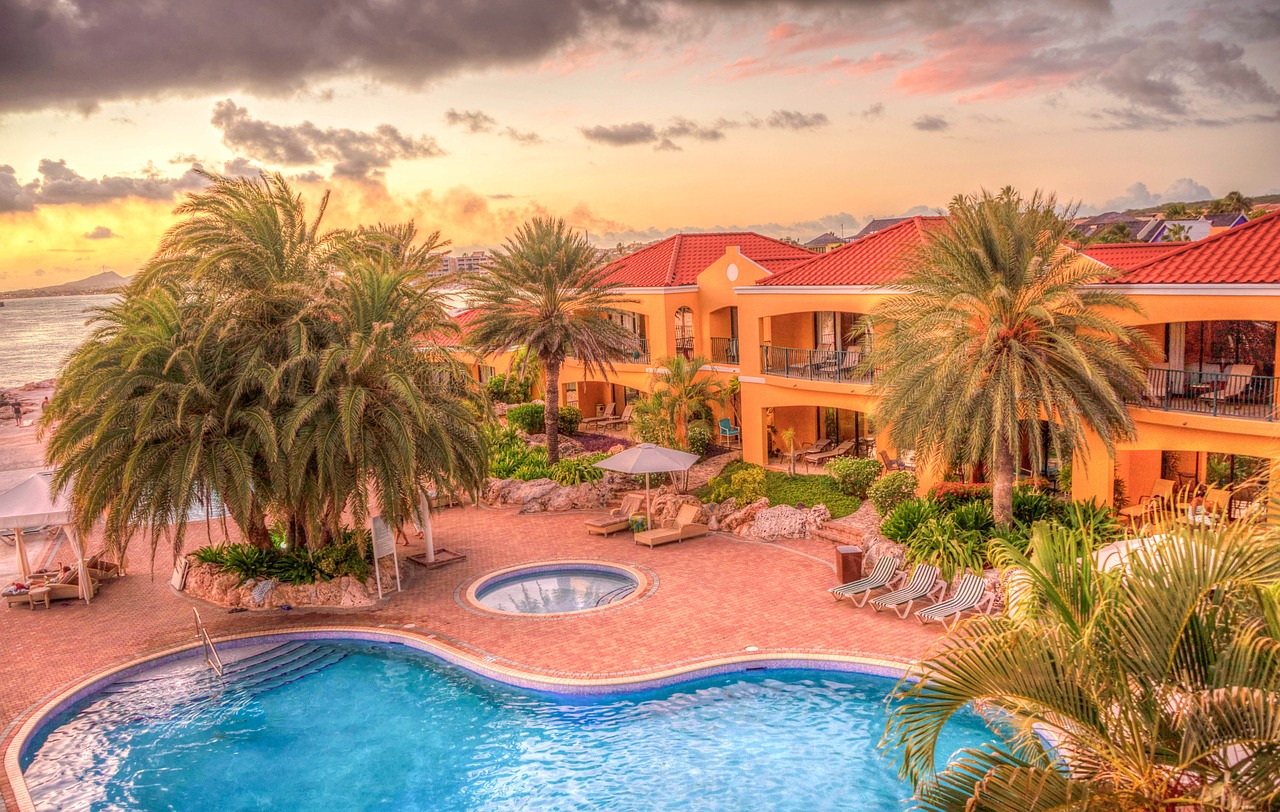One of the most exciting things about going to Saona Island in the Dominican Republic is having the rare chance to actually observe a sea turtle in person! When you see one, you know you are looking at a modern creature that has retained the features of much more ancient creature. In fact, some say that sea turtles remind them of dinosaurs. If you travel to Punta Cana, don’t miss this rare opportunity.
Four species of large sea turtles nest on Saona Island, mostly on the south side. These include:
1. Hawksbill Turtle (Eretmochelys imbricata)
2. Leatherback Turtle (Dermochelys coriacea)
3. Logger-head Turtle (Caretta caretta)
4. Green Turtle (Chelonia mydas)
All four species are listed as endangered by the International Union for Conservation of Nature (ICUN). In fact, both the hawksbill turtle and the leatherback turtle are listed as critically endangered which makes them among the most endangered animals on Earth. Of course, this makes seeing one even more precious.
When a female sea turtle lays her eggs, she moves out of the water and onto the beach. This usually occurs at night. She digs a hole with her flippers and lays about 100-150 soft but leathery cream colored eggs. After she lays them, she covers them back up lightly with sand. Keep in mind that if she buries them too far, they won’t get the oxygen they need and will die. She repeats this process 3 – 10 times during a nesting season, returning to the same beach to do so (except the leatherback turtle). The gestation period is anywhere from 60 – 80 days, depending on the species of turtle, the temperature, and how deeply they are buried.
When the baby turtles hatch out they scamper out to sea. If they can make it to the mangroves, they will be much safer and have a much better chance of making it to adulthood. However, both the eggs and the hatchlings are extremely vulnerable to predation. Birds, crabs, and lizards all love to eat them. Even though they are protected under the law, there are also human turtle poachers who steal the eggs and the hatchlings. The eggs are considered a delicacy by some and the tortoise shell and adult turtle meat is highly prized by some as well. Wave action can also wash the eggs out to sea before they hatch or cover them too deeply in the sand for them to survive and hatch. For all of these reasons, only about 1 in 10,000 sea turtles actually make it to adulthood.
Conservationists are working hard to try to save these beautiful creatures. The most intense conservation efforts on Saona Island are for the hawksbill turtle. Hawksbill turtles travel thousands of miles and if any part of their journey takes them to a place where they are killed or wounded, this can mean the species won’t survive.To this end, scientists have to understand better where these turtles go after they lay their eggs on Saona Island. To track them, they temporarily detain some of the female hawksbills in a wooden corral after they lay their eggs and glue a satellite transmitter to her shell. This does not harm the turtle but it does allow scientists to track where she goes.
